Reviews 11 min read
Fiat 500: Reborn for the city with electric power and a competitive price tag
The New Fiat 500 is only the third generation of the iconic nameplate in 64 years, but is the cute Italian retro city car now boasting zero emission credentials worth the wait?
Discover EV expert verdict...
- One of the cheapest EVs you can buy
- Retro-chic styling
- Good real-world range
- Rivals drive better
- Cramped rear seats and boot
- Poor interior quality
Overview
Designed and built at Turin's historic Mirafiori plant, the New 500, as it’s referred to by Fiat, has been designed from the ground-up on an all-new platform. Offering up to 199 miles of range (WLTP) which is impressive for its class, the full line-up includes four trim levels, a choice of battery and motor options and 85kWh fast-charging from middle of the range. With prices starting from just over £22,000 after the UK government’s £1500 plug-in car grant is applied and boasting level 2 autonomous driving – a first for a city car, and an all-new infotainment system, it certainly sounds good on paper. We live with the mid-level Icon 87kWh model for week to find out.
Driving
The electric motor in our test car has just 115bhp but 162lb-ft of instantly-available torque so zero to 31mph is respectable at 3.1 seconds. However you’ll need to almost triple that time before you reach 62mph! The smaller version receives a maximum power output of 93bhp however, and takes half a second more to complete the sprint at 9.5 seconds. Top speed is capped at 93mph and 84mph respectively.
If the road is perfectly smooth the New 500 is quite fun through sweeping bends with little body roll and in that respect electric power suits the little car like it does the MINI, but find any lumps or bumps and it will cause the car to dart all over the place. It’s very fidgety. This means, in the UK at least, that it’s generally not much fun on B roads (while motorway munching is a huge battery drainer), so if you’re looking for small car thrills you may as well head over to our reviews of the MINI Electric or Honda e – both of which offer sharper drives.
Where this car does excel is in town, with light steering and an excellent turning circle. Its small proportions and low down acceleration make it excellent for nipping in and out of traffic and parking in tight spots. There are three driving modes. In Normal mode, the New 500 feels like any car with an automatic transmission and an internal combustion engine. In Range mode, it enables one pedal driving – for those EV newbies that means acceleration and deceleration can be controlled by the same pedal. This style of driving is perfect for around town as the car can recover a great deal of its energy. When the remaining range is low and the navigation system is in use Sherpa mode can be engaged to ensure either the destination or the nearest charging station is reached while the New 500 still has enough charge. Note that this function is probably best saved for emergency use given it switches off the air con and limits the New 500’s top speed to 50mph.
While the regenerative system is very good, the friction brakes are really grabby and difficult to use smoothly. And you won’t be a fan of the accelerator pedal after a while, as we found that it was angled too far back causing pain across the top of the foot after a while behind the wheel. There is one feather in the New 500’s cap at least and it’s level 2 autonomous driving ability – a first for a city car. Another new feature to this segment is the acoustic vehicle alert system, which uses Nino Rota’s Amarcord tune to echo the feeling of la Dolce Vita… Just in case you thought you were missing some sensual Italian spirit in your life! Sadly things aren’t so idyllic at high speeds with a lot of wind noise – the Honda e and Peugeot e-208 are a lot quieter.
Range and running costs
There are two battery options – 24kWh or 42kWh – the latter has a claimed 199 miles of range, the former just 118 miles and is available on the entry-level Action trim. We were averaging 3.9 mi/kWh on mixed roads, so on a full charge we were only getting 168 miles, meaning it’s not best suited for long journeys. It’s still better than a Honda e (137) or Mercedes-Benz smart EQ (62) though, but worse than a Renault ZOE (245). To optimise charging time, the New 500 is at least equipped with an 85kW fast charge system. That means it only takes five minutes to gain 30 miles, which Fiat say is the average daily commute, or 30 minutes to 80 per cent – about the time it takes to have a toilet break and grab a coffee.
The Combo 2 socket, located on the rear right side panel of the car, has the ability to accept both AC and DC charging, and a home charging system can be connected to a normal home outlet – a simple plug-and-charge solution that can be managed via Bluetooth to stabilise energy load by charging the New 500 with up to 3kW, without the need for professional installation. The Easy Wallbox can be upgraded to 7.4kW, providing a full charge at home in just over six hours. The New 500 also comes with a Mode 3 cable for charging at up to 11kW from a public charge point.
One of the connectivity services - My eCharge – enables drivers to find an available charging station anywhere in the UK and Europe and use a single card for charging and payment, valid at over 6000 charge points in the UK and approx. 200,000 charging stations across Europe to make charging more convenient.
Whether you’re a private buyer or a company car driver, the electric Fiat will be cheap to run at least, especially the entry-level model which is rated in group 14 for insurance. Even if you go for the cabriolet you’re looking at group 19 to 21 – so much lower that the Honda e which is in groups 25 to 29. The New 500 will require maintenance less frequently than its petrol sibling as it has fewer moving parts, it’s exempt from road tax and dodges low-emission zone charges. Like most models in the brand’s range, it comes with a three-year/unlimited-mileage warranty while the battery is covered for eight years or 62,000 miles, whichever comes sooner.
Design
Compared with the 500 Hybrid, it is 6cms wider and longer and the wheelbase has been extended by 2cms, but it still boasts the same stylistic proportions and clean lines, taking design cues from the two previous generations of 500. It’s crisp and compact while looking elegant at the same time. One of the new requirements was to give the new model a dedicated 500 logo, which appears at the centre of the front badge for the first time, in place of the usual Fiat logo. The current 500 logo to the left side of the rear keeps its link with the past, albeit transformed into the dedicated all-electric version: embellished by a light blue border, with a play of design and colour transforming the final zero into a letter ‘e’. The front bumper mirrors that of the 1957 version, albeit the line separating the bonnet from the circular headlights – now utilising LED technology – has been redesigned. Taking a leaf out of other modern-retro EVs, the door handles sit completely flush with the bodywork and the indicators are hidden. The wheels are also larger and further apart, giving it a more purposeful stance while supposedly offering greater comfort.
While there are clear references to the first generation on the outside, inside it is completely new. The designers have tried to create a layout that’s aesthetically pleasing in its simplicity, but also provides visual clarity. This is exemplified by the wide sweeping dashboard and modular storage solutions between the two front seats where the gear lever was originally located. You’re sat lower down and there is more leg and shoulder space for occupants compared to the outgoing model – at almost 6ft tall I certainly had no issues – while the flat floor houses the battery without compromising the boot capacity, which remains unchanged at (a frankly woeful) 185 litres for the hatchback and 182 litres for the convertible.
With fewer buttons it’s certainly cleaner in looks and simpler to use, and all trim levels receive seats made using Seaqual yarn, basically recycled plastics – 10 per cent of which come from the ocean. Given our test car cost close to 30 grand, we would have expected things to feel and look a lot more premium however – there are no soft-touch materials and it’s no match for the MINI Electric in terms of build quality or the Honda e when it comes to tech, but all three do share something in common. They’re completely impractical for a family. With a baby seat in the back, for example, there was no room for a passenger in the front. It’s also a three-door only, just to add to its ineptitude. This is a car best suited for people without children and who live in town!
Comfort and practicality
Whether old or young – as long as you’re dependent free – this is a comfortable, practical car – unless you want to take it away for a long weekend of course, and you might struggle to get your luggage in the boot and get fed up of having to stop and charge frequently. It’s basically a runabout for city dwellers, or at a push, a second vehicle for a suburban family (with toddlers!).
If it does suit your lifestyle however, the New 500 is available in four trim levels – Action, Red, Icon and La Prima. Remember that the base model only comes with a 93bhp motor and 23.8kWh battery so it’s somewhat restricted with a 118 mile range and expects you to utilise your smartphone as the car’s infotainment – providing a cradle to mount your mobile, a Bluetooth connection to link it to the speakers and a specific app. It is however packed with driver assistance systems such as Drowsy Driver Detection, Autonomous Emergency Braking, Lane Keep Assist and Traffic Sign Recognition and also features an auto-start button, electric parking brake, rear parking sensors and configurable 7 inch digital instrument cluster.
The new U Connect 5 infotainment with a 10.25 inch touchscreen (available from Red trim), is compatible with Apple CarPlay and Android Auto and boasts Amazon’s Alexa voice assistant. It’s responsive and easy to use and like a lot of EVs, you can also set the navigation route in advance, remotely lock and unlock the doors and precondition the climate and schedule vehicle charging during cheaper time periods. If there is a suspected theft attempt, the owner is notified, and in the event of a theft, vehicle tracking and remote immobilisation can be activated.
Moving up the range to Red, you also have the choice of the aforementioned smaller motor and the bigger 115bhp unit and 42kW battery providing 200 miles. Icon and La Prima only come with the latter setup and as you move up the versions you have a range of interior trims to choose from, bigger wheels, styling enhancements and more equipment such as cruise control, rear parking sensor, climate control, passive entry, lane centering, blind spot warning, rear view parking camera with 360-degree parking sensors, wireless charging, 6-way adjustable seats, 6-speaker sound system and panoramic sunroof.
It may be worth bearing in mind the electric Fiat 500 achieved a four-star safety rating when it was tested by Euro NCAP in 2021, which is the same as the Honda E, but with slightly better protection for front passengers in a frontal impact.
Verdict
Even after the Plug-in Car Grant, you pay around £8500 more for stepping up to an electric Fiat 500, and you’re only getting 118 miles of range – so you’re going to want to really save the planet. It does however undercut rivals like the similarly retro-styled MINI Electric and Honda-e also reinvented for the 21st century. In fact, bar the smart EQ ForFour which is currently on a retailer offer price of £17,270.40 it is the cheapest new EV on the market.
If you’ve got a bigger budget then you can opt for the bigger battery of course, giving you a much higher range than its aforementioned competitors, as well as a folding roof. Although you’re guaranteed exclusivity being the world’s only electric convertible – you also paying £29,985 for the privilege!
If you’re after an electric city car with iconic good looks then the New 500 with a relatively long official range for its segment and the ability to charge up more quickly than many of its electric supermini competitors, is a good bet for EV buyers in the city car class. Just don’t plan on putting anyone in the back or carrying lots of luggage.
And don't forget, if you do like this make and model of car you just read about, you could secure a discount if you use our partner e-car leasing service using the code DEV-ECAR.

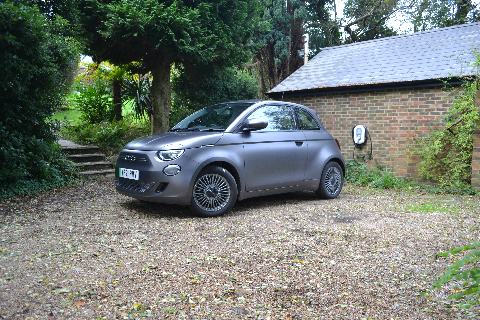


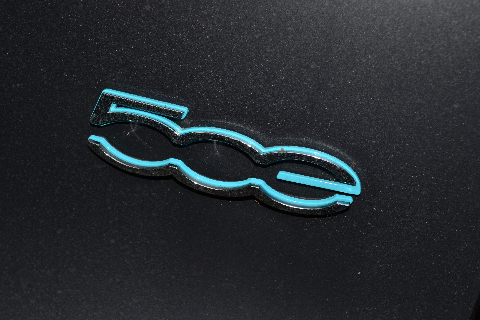
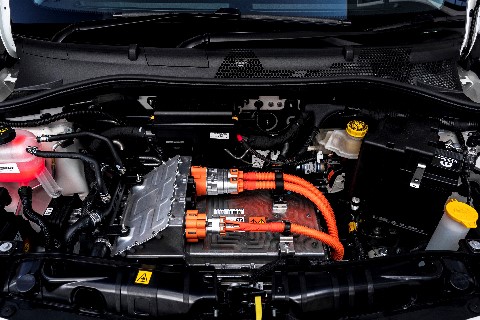
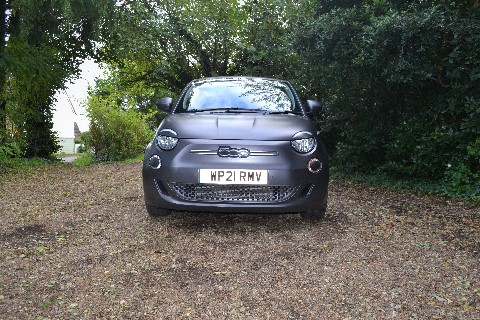
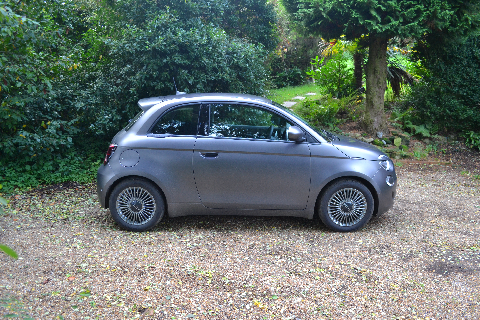
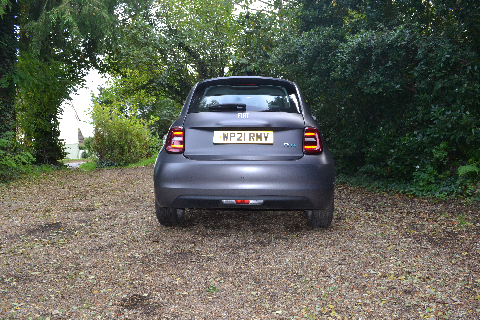
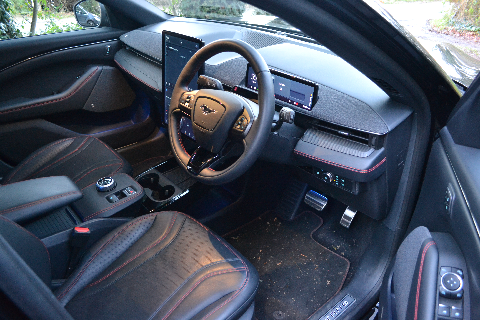
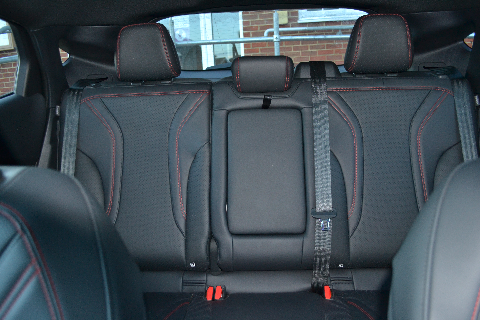
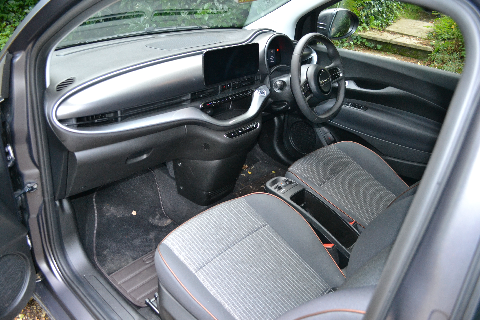
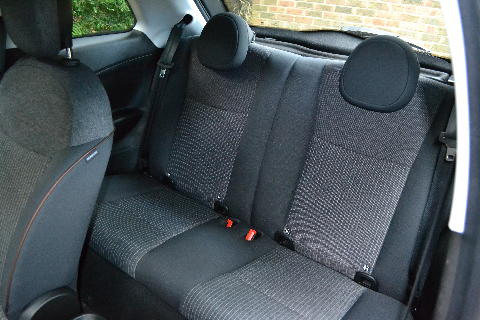
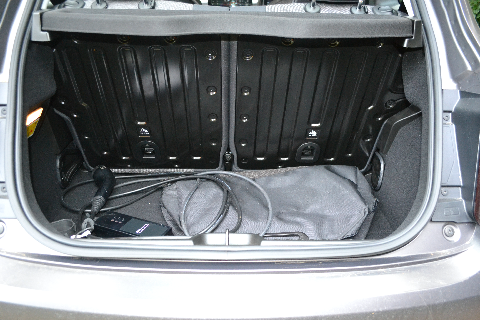
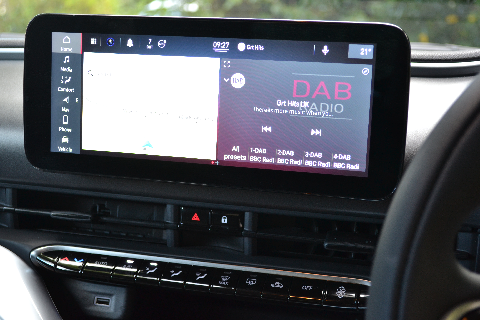
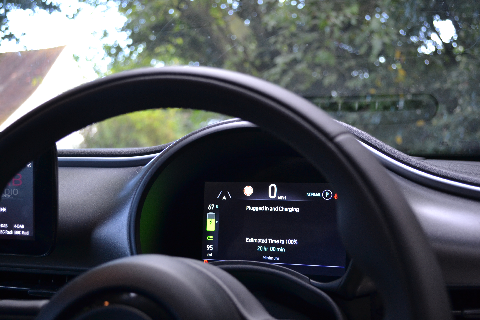
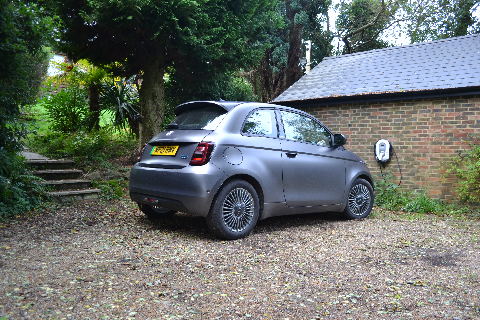

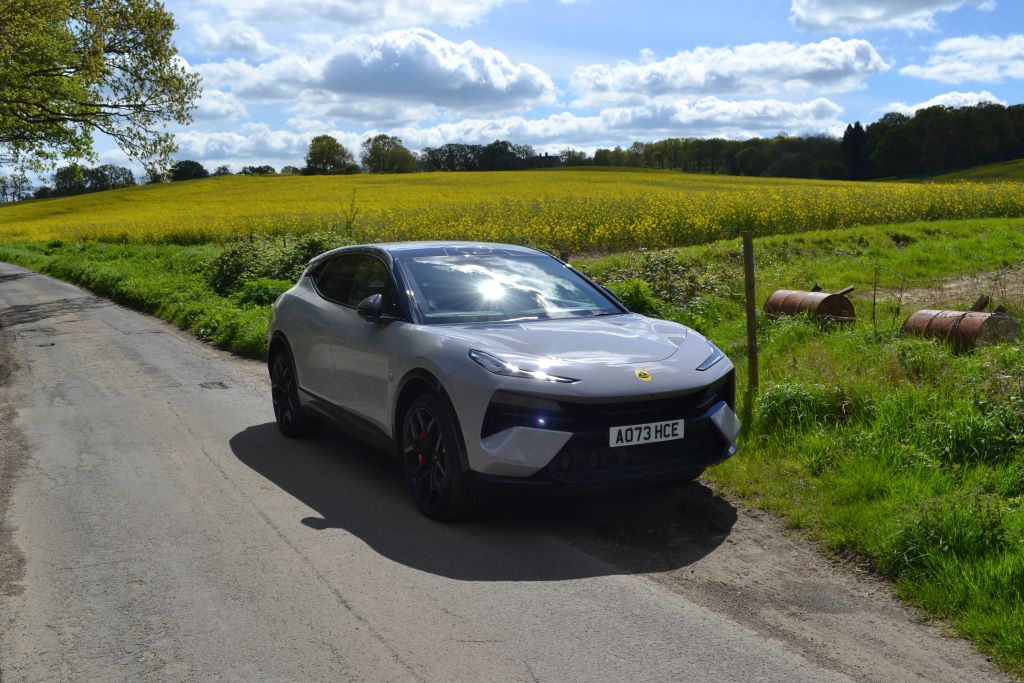
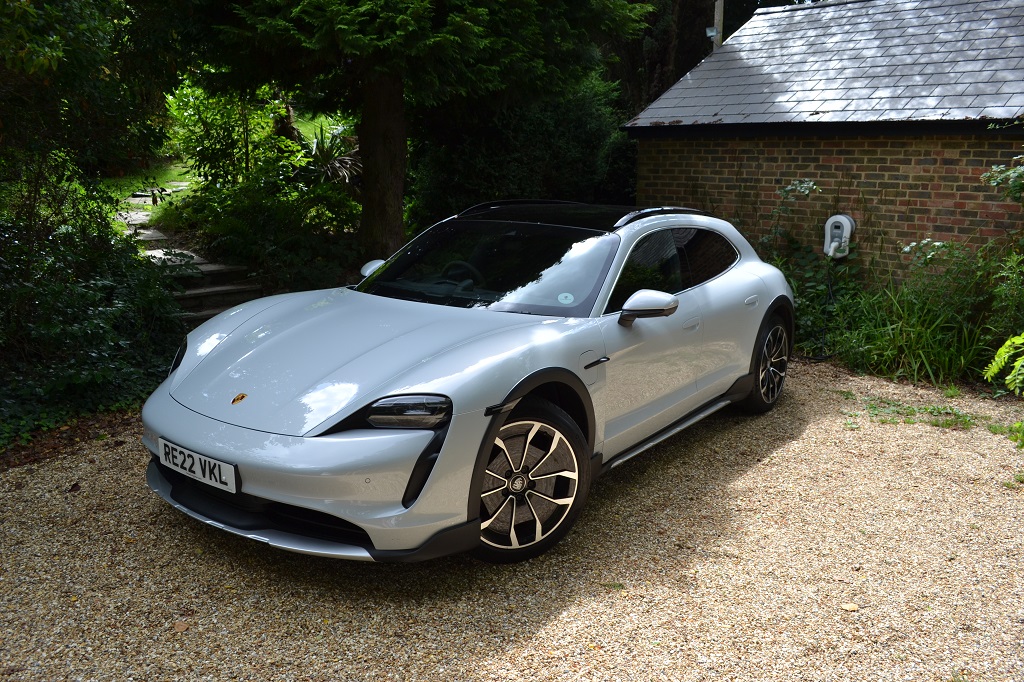
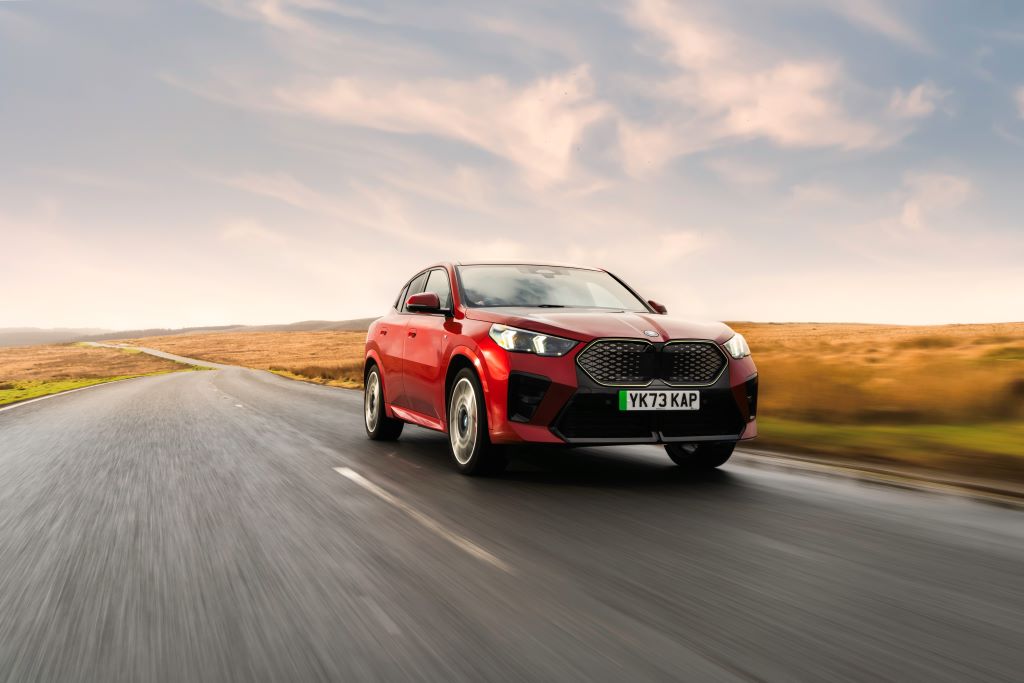
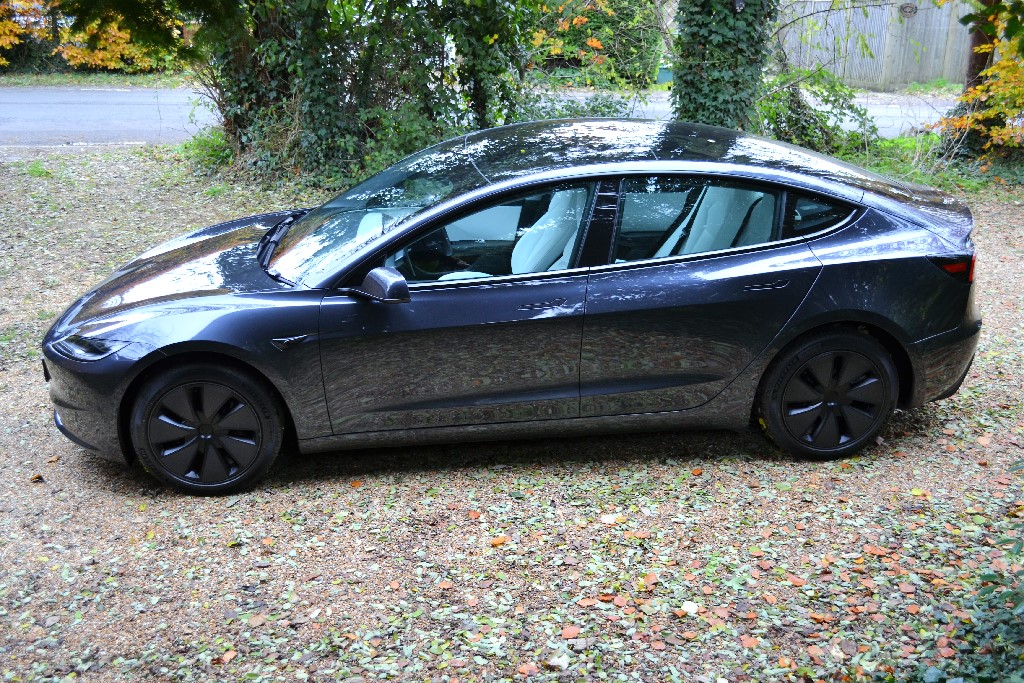

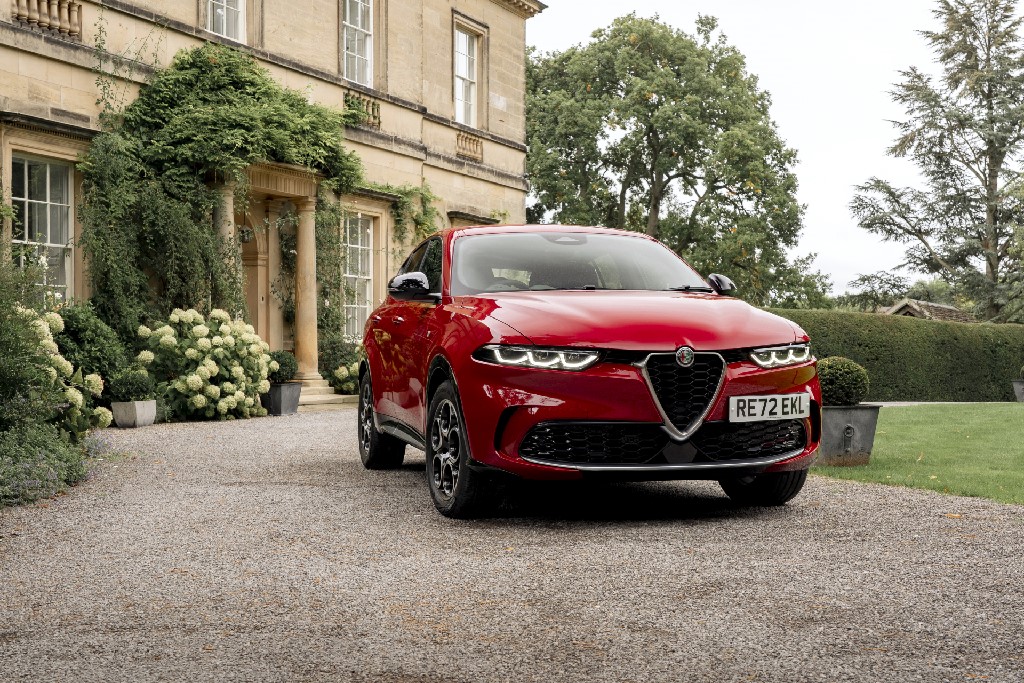

Comments (0)
Be the first to write a comment
Login/ Signup